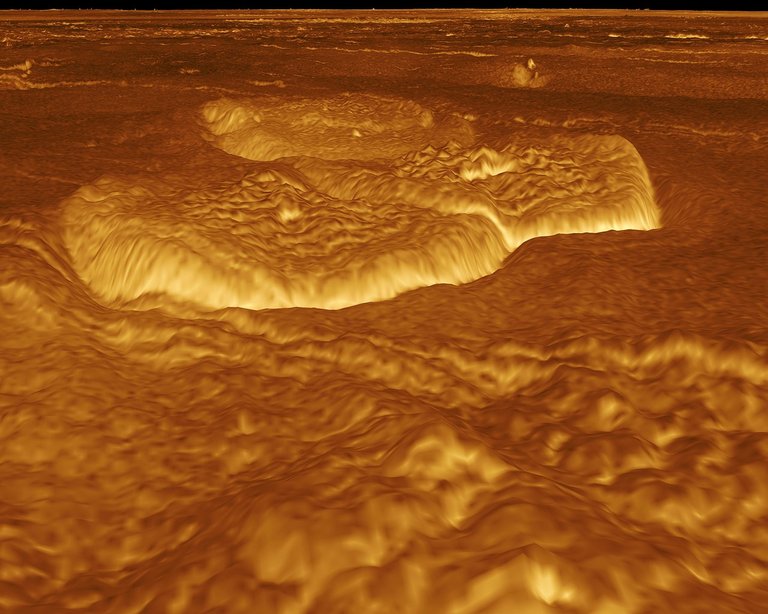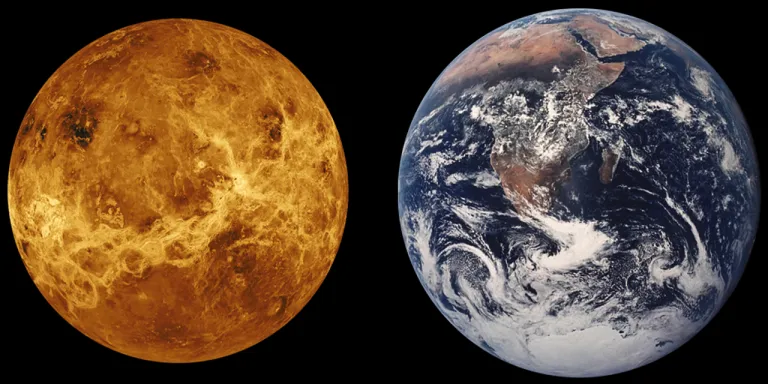Venusian Life
There is no life on Venus and that is a settled matter, but if there was life, what would it look like, how would they cope, and what would they look like, stick around and find out.
Alright, let’s dive into what life on Venus might be like. It'’s a wild thought, given how brutal our twins atmosphere is. Picture a place so scorching it could melt lead, with air so thick it feels like being crushed under an ocean, and clouds dripping with sulfuric acid. It’s hard to imagine anything surviving there, but if life does exist, it’d have to be some seriously tough microbes, maybe even something totally alien to what we know.

First off, the surface of Venus is a nightmare: 460°C (860°F), hotter than your oven on max, and pressure 92 times what we feel on Earth. It’s like trying to live inside a pressure cooker filled with toxic gas. But Earth has creatures called extremophiles that thrive in crazy conditions—think bacteria chilling in acidic hot springs or deep-sea vents. Maybe Venus could host something similar, like microbes with super heat-proof cells or even wilder, silicon-based life that laughs at temperatures that would fry anything we know.
The clouds, though, are where things get interesting. About 50–60 km up, the temperature drops to a cozy -40°C to 60°C (-40°F to 140°F), and the pressure’s more like Earth’s. Sure, it’s still an acid bath up there, but we’ve got Earth bugs like Picrophilus that love acidic environments. Venusian microbes might float around in those clouds, sipping on sulfur compounds for energy, kind of like how some ocean microbes munch on chemicals to survive. They’d need to be tough, with UV-proof shells to handle the sun’s harsh rays and maybe even gas pockets to stay afloat, like tiny living blimps.

Water’s a big problem, though—Venus is bone-dry. Life as we know it needs water, so any Venusian critters might use trace moisture in the clouds or some weird alternative like supercritical CO2. Down on the surface, it’s hard to picture anything surviving without totally alien chemistry, maybe something that thrives in molten salts or uses energy we can’t even guess at. And sunlight? Forget it—Venus’s thick atmosphere blocks most of it, so life might lean on chemical reactions instead, like bacteria in Earth’s deep oceans.
If Venus ever had a wetter, gentler past (and some scientists think it might have), there could be fossil clues baked into the rocks. Right now, the cloud layer’s our best bet for finding life—maybe microbes drifting in the haze, dodging acid and soaking up whatever energy they can. There’s even buzz about phosphine, a gas detected in 2020 that could hint at life, though scientists are still arguing about it. Missions like NASA’s DAVINCI, set for 2031, might give us answers. For now, imagining life on Venus feels like dreaming up a sci-fi world,tiny, acid-loving drifters in a hellish sky. Pretty wild, right?